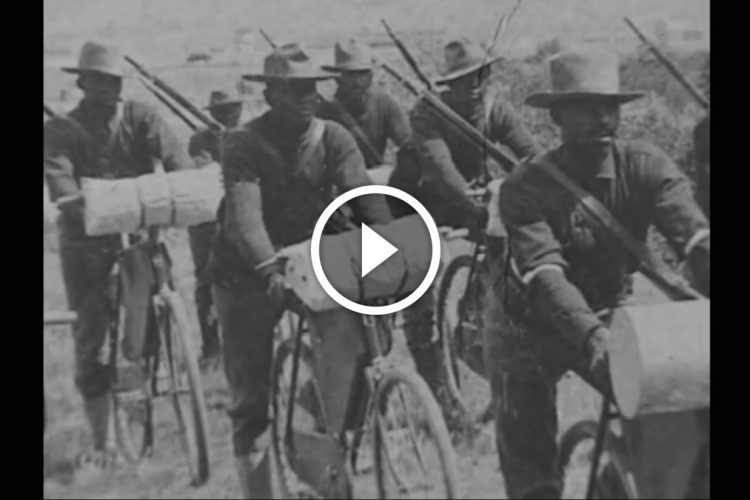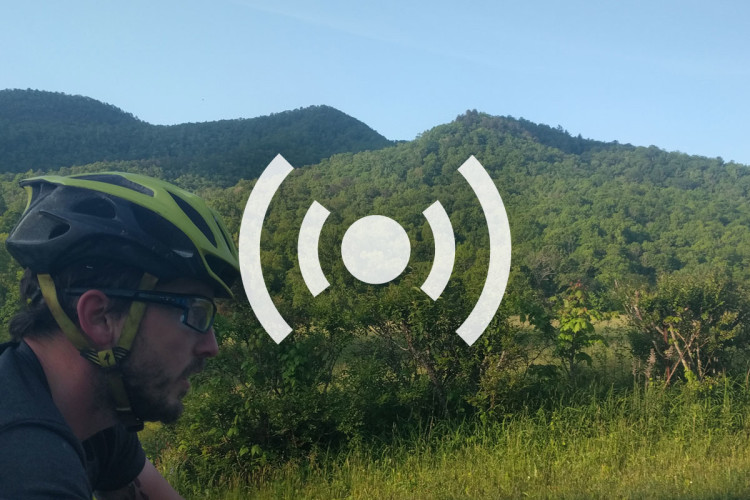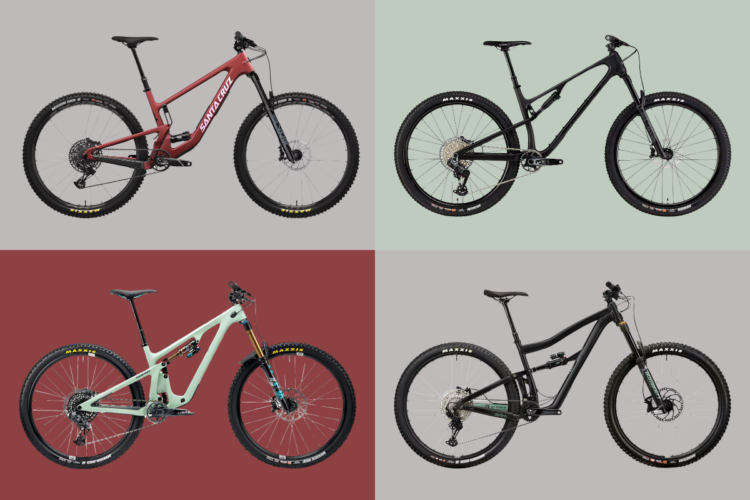In our modern, technical world there seems to be a need to hyper-specialize everything, to focus on the slightest nuances, treating them like chasms of difference. The cycling world is not immune to this compulsion.
If cycle-touring is traveling on a heavy-duty road bike laden with over-stuffed panniers for romantic adventures across the roads of Europe, then bikepacking is traveling on a heavy-duty mountain bike with ultra-minimalist gear for epic excursions across the Rocky Mountains. But really, are they not both just riding a bike with a tent?
Regardless of these semantic squabbles, with the rise in popularity of bikepacking and events like the 2,750 mile Tour Divide™, a bevy of manufacturers are producing lightweight, super-durable and even custom-made bags for multi-day self-supported riding. As a trickle down benefit, it is easier than ever to cast off your yoke; no longer must you toil as a beast of burden. Yes, my friends, now is the time to get rid of your hydration-pack.

Those monstrous great packs, whose logic we just accept as the gospel, are akin to a bad bicycle fit. It’s not until you make the move that you finally realize the misery you’ve been tolerating for years. By transferring the contents of your pack onto your bike you’ll enjoy riding more, be a faster rider, and be better prepared for every singletrack adventure.
Taking pressure off your shoulders, neck and spine makes riding more comfortable. It sounds simple, and it is. A hydration pack, filled with water, tools, clothes, first aid kit, camera, whiskey flask and whatever other items you just can’t do without, can easily weigh in at 15-20lbs. Imagine the freedom and comfort of shedding that weight from your body while losing none of your essential riding gear.
For rides of one to three hours you can get away with just water bottles, both on the bike and in your jersey pockets. On longer rides where the volume a hydration reservoir affords is essential, at least the rest of your gear is off your back. Some larger frame bags will even accommodate a reservoir with the hose poking through a convenient hydration port.

By moving all that bulk from your shoulders to the bicycle, bike handling is improved. With your center of gravity lowered, the bike will hold its line through corners better. On technical sections you won’t have to fight the desire of your pack to toss you around the trail. When bunny hopping an obstacle, no longer will you worry about that pack sliding up your back, knocking your helmet forward over your eyes. Taken together, these result in riding smoother and faster.
Lastly, by having all your essential gear permanently affixed to your bike, when the call comes in for a last minute rip before the sun sets you know you’ll be ready to roll. Just toss a bottle in your jersey pocket and you’re cruising. Rather than having to rummage through that huge pack to ensure everything is there, you are always set, ready to ride. Equally, foregoing the pack on short rides does not mean you’re heading out any less prepared.

While traditional hardtail frames most easily accept larger frame bags and even a bottle or two, with just 2-3 small bags meticulously packed, even full-suspension bikes can be outfitted for long day rides. Companies like Oveja Negra Threadworks™, Porcelain Rocket™ and Revelate Designs™ are producing high quality, durable, custom and stock bags of all shapes and sizes. Seat wedges, gas tank style packs and frame bags of varying designs are making it easier and easier to store gear within the awkward crevices of full suspension bikes.
So the next time you’re slogging your way up a long climb, instead of wondering what overpriced weight saving device might lessen your toil, ask yourself, “wouldn’t I be more comfortable if there weren’t 20lbs on my back right now?”
By shedding that pack and embracing the wonders of bikepacking gear, you may just find that you are more comfortable, that you are faster, and that your bicycle is always packed and ready to ride. And really, isn’t that what this sport is all about, freedom on the bike?

Alex Bowling lives the life. With no kids, no mortgage and no real responsibilities, he’s free to live out of his converted Sprinter van, seeking out all sorts of two-wheeled adventures. While he spends his winters riding the singletrack of far west Texas, for the past two summers he’s lived high in the Rocky Mountains of Colorado. This summer he’ll be wrenching at one of Toronto, Canada’s finest bike shops.










2 Comments
Mar 5, 2015
Feb 25, 2015